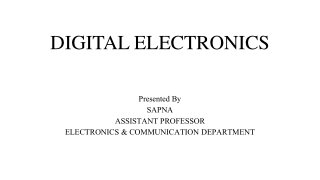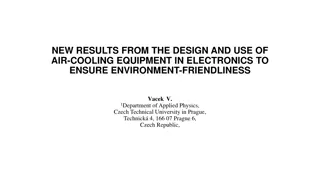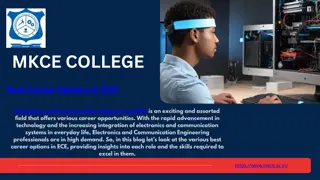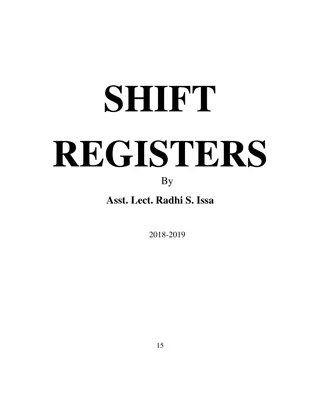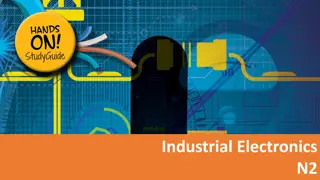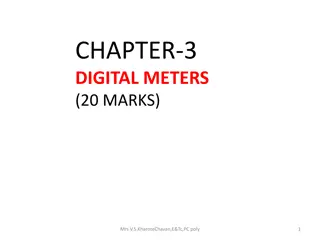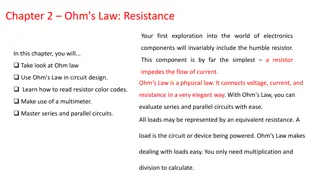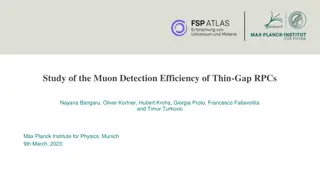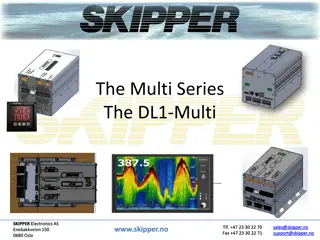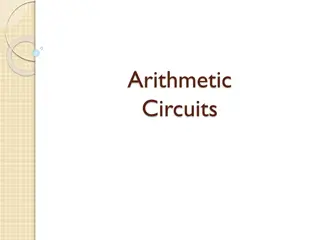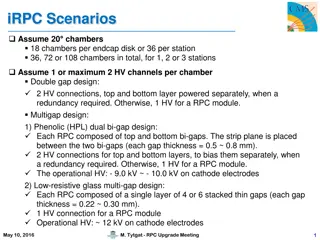Comprehensive Study on XFAB SOI Technology for Digital Electronics
Analog building blocks using XFAB SOI technology with adjustable feedback capacitors, slow and fast shapers, simulation results, linearity up to 8.36 pC, discriminator efficiency, and Monte Carlo analysis. Issues regarding noise contributions and feedback capacitance are also discussed. Presented at Calice Meeting, Argonne in 2014 by Jean-Baptiste Cizel.
Download Presentation

Please find below an Image/Link to download the presentation.
The content on the website is provided AS IS for your information and personal use only. It may not be sold, licensed, or shared on other websites without obtaining consent from the author.If you encounter any issues during the download, it is possible that the publisher has removed the file from their server.
You are allowed to download the files provided on this website for personal or commercial use, subject to the condition that they are used lawfully. All files are the property of their respective owners.
The content on the website is provided AS IS for your information and personal use only. It may not be sold, licensed, or shared on other websites without obtaining consent from the author.
E N D
Presentation Transcript
Building blocks 0.18 m XFAB SOI Calice Meeting - Argonne 2014 CALIIMAX-HEP Jean-Baptiste Cizel - Calice meeting Argonne 18/03/2014 1
XFAB SOI 0.18 m SOI Silicon On Insulator ; Recent technology (2011) ; Cheaper than the 0.35 m AMS technology ; Better for digital electronics. Disclaimer: The following is a study for building blocks in this technology, not a chip. Jean-Baptiste Cizel - Calice meeting Argonne 18/03/2014 2
Simplified schematic Jean-Baptiste Cizel - Calice meeting Argonne 18/03/2014 3
Specifications Adjustable feedback capacitor from 500 fC to 7.5 pC ; Slow shapers shaping time of 180 ns ; Fast shaper s shaping time of 30 ns ; 2 slow shapers: slow shaper high gain with a gain of 10, slow shaper low gain with a gain of 2/e ( 0.74) ; Fast shaper gain 100 ; No fancy adjustable parameters, the building blocks are as simple as it could be, there will be different versions of these ; For all the following simulations, the feedback capacitance had been chosen to be 6 pF. Jean-Baptiste Cizel - Calice meeting Argonne 18/03/2014 4
Analog outputs simulation results Preamp output = 600 uV Ssh10 = 6 mV Ssh2/e = 430 V Fsh100 = 70 mV discriminator Jean-Baptiste Cizel - Calice meeting Argonne 18/03/2014 5
Linearity 1% linearity up to 2300 MIP at preamplifier output and 2200 MIP at low gain slow shaper output. 1 MIP = 3.8 fC => 1% linearity up to 8.36 pC (with a 6 pF preamplifier feedback capacitance) Jean-Baptiste Cizel - Calice meeting Argonne 18/03/2014 6
Discriminator efficiency Less than 5 ns of trigger time Jean-Baptiste Cizel - Calice meeting Argonne 18/03/2014 7
Monte Carlo The dispersion is mainly due to the feedback capacitance of the preamplifier (+/- 10% accuracy) Jean-Baptiste Cizel - Calice meeting Argonne 18/03/2014 8
Noise issues Noise contributions not understood. (doesn t seem to fit the theory) 6 pF doesn t give enough first stage gain to have a nice noise behaviour. 2 pF is preferable but the handled charge range will be reduced. Jean-Baptiste Cizel - Calice meeting Argonne 18/03/2014 9
Different preamplifier design options A Nmos common source was used for these simulations. Differential amplifier and Pmos common source have been studied too. Differential: Differential preamplifier works well and permits high gain in open loop (2-stages) and so 1/1000 linearity. More noise and consumption. Bigger surface (2 input transistors, adjustable compensation capacitor) Pmos common source: Preamplifier architecture of skiroc2. Standard cascode reduces the dynamic range, so folded cascode is used instead, leading in a drop in open loop gain and thus degrading closed loop linearity. Potentially the same issues with power supply than in skiroc2. Jean-Baptiste Cizel - Calice meeting Argonne 18/03/2014 10
Different building blocks design options Bandgap Shaper amplifiers Analog memories Jean-Baptiste Cizel - Calice meeting Argonne 18/03/2014 11
Schedule Tape-out in May Back in october First results expected in december Possibly a new skiroc prototype on 0.18 m Jean-Baptiste Cizel - Calice meeting Argonne 18/03/2014 12
Thanks for your attention Jean-Baptiste Cizel - Calice meeting Argonne 18/03/2014 13


